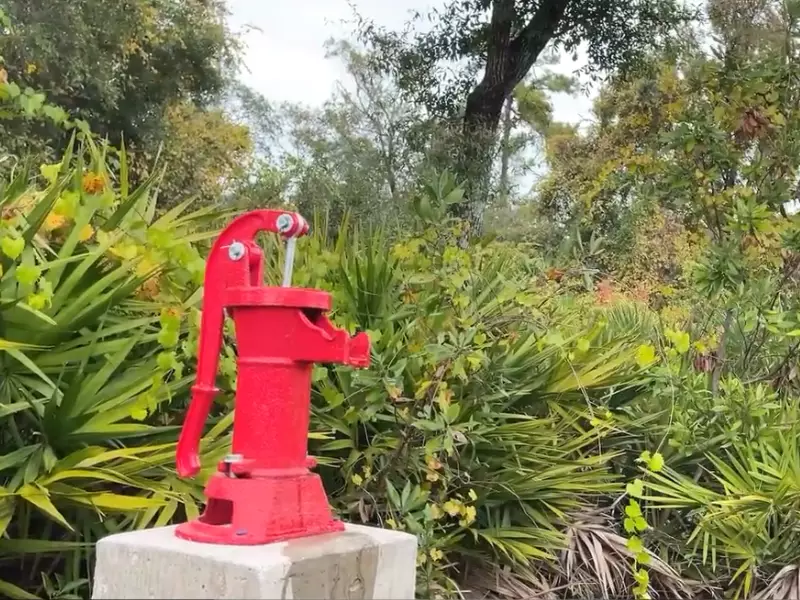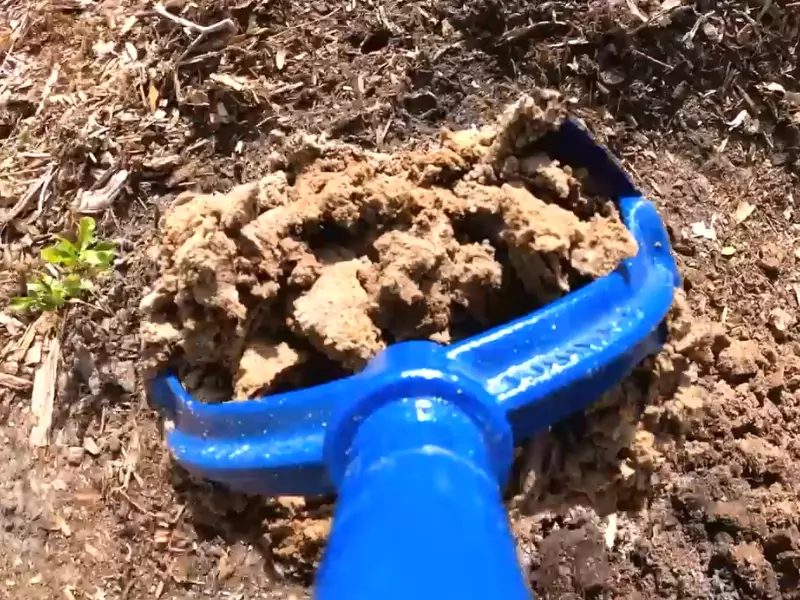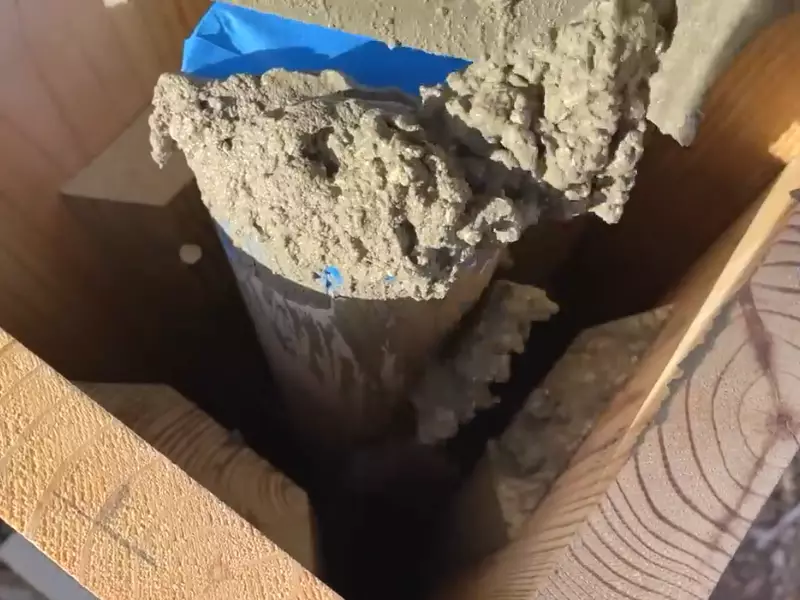The quest for clean, sustainable water sources has always been essential for human survival. A deep water well provides a reliable source of uncontaminated water right in your backyard. It offers a level of water independence that surpasses relying on municipal sources. Taking charge of where your water comes from ensures not only the quality but also the sustainability of your supply.
Drilling your own deep water well isn’t just about tapping into an underground water source. It’s about asserting control over an essential resource, understanding its value, and making informed choices about its usage. The act of drilling a well is rooted in the age-old desire to harness nature’s resources directly, without intermediaries.
Let’s dive deep into the nuances of drilling a deep water well, touching upon the importance of the process, the necessary equipment, and steps to make the endeavor successful.
Reasons for Drilling
Water Independence
Being self-reliant for water means no more water bills or relying on city schedules. This self-sufficiency is especially crucial in times of water shortages or municipal water issues.

Environmental Benefits
Drilling your own well reduces the energy required for water transportation. Plus, groundwater often requires less treatment than other sources, making it an eco-friendly choice.
Financial Savings
Over time, having your own water source can lead to substantial savings on water bills, especially for households with high water consumption.
Preliminary Steps
Checking Local Regulations
- Ensure you’re adhering to local laws and permits.
- Consult with local water boards about restrictions and guidelines.
Identifying Ideal Locations
- Seek spots with optimal groundwater supply.
- Consider the natural terrain and avoid areas prone to flooding.
Surveying Groundwater Sources
- Employ a hydrologist or geologist for accurate surveying.
- Utilize ground-penetrating radars for detecting water tables.
Necessary Equipment
Drilling Rigs
- Hand rigs: Suitable for shallower wells and tighter budgets.
- Mechanical rigs: Ideal for deeper wells, offering more power and efficiency.
Safety Gear
- Gloves and safety boots protect against injuries.
- Protective glasses shield eyes from debris.
- Hard hats guard against falling objects.
Drilling Components
- Drill bits: Crucial for breaking ground.
- Casing pipes: Installed to keep the well open.
- Drive shoes: Aid in driving casing into the ground.

Drilling Process
Drilling a well is an intricate process that requires precision, patience, and adherence to safety standards. To successfully drill a well that provides a consistent and clean water supply, it’s essential to break down and understand each phase of the process.
Site Preparation
Before any drilling can commence, the site needs thorough preparation. This step is crucial for safety, efficiency, and ensuring the longevity of your well.
- Clearing the Area: Removing any obstacles, such as rocks, trees, or other debris, provides a safe working environment. This also helps in preventing any contaminants from entering the well during the drilling process.
- Marking Drill Points: Use specialized equipment or methods to identify the most suitable points to begin drilling. Precision here ensures you target the best possible water source, saving both time and resources.
Borehole Creation
The actual drilling begins with the borehole. Here’s how it usually unfolds:
- Starting Slowly: Initially, it’s imperative to drill at a slower pace. This ensures that the borehole is straight and avoids potential deviations which can complicate the process later on.
- Regular Checkpoints: As you progress deeper, pause occasionally to check the borehole’s stability and direction. This helps in avoiding mistakes that could jeopardize the entire project.
- Monitoring Soil Layers: Different soil layers offer varied resistance. Being aware of the soil composition helps in choosing the right drill bits and techniques, ensuring smoother drilling.
Water Testing
Once you’ve accessed the groundwater, it’s vital to ascertain its quality. Groundwater can vary in quality, depending on the soil composition, depth, and location.
- Checking Water Quality: Use testing kits or services to analyze the water for any contaminants. This includes pathogens, minerals, and other impurities that can affect its taste, safety, and utility.
- Assessing Flow Rate: The amount of water your well can provide is just as crucial as its quality. Use specialized equipment to gauge the flow rate. This ensures your well can meet your water needs consistently.
Post-Drilling Steps
After drilling the borehole and ensuring you have a viable water source, the next steps involve setting up systems to extract and store the water.
Installing the Pump
The pump plays a pivotal role in extracting water from the ground and channeling it for use.
- Manual Pumps: They are simple mechanisms that require human effort to operate. Ideal for smaller households or backup systems, they’re cost-effective but can be labor-intensive.
- Electric Pumps: These pumps run on electricity and can deliver water at higher pressures and volumes. However, they come with running costs and need a reliable power source.
- Solar Pumps: An eco-friendly alternative, solar pumps harness sunlight to power the water extraction. They’re sustainable but may have limitations on overcast days.

Setting Up Storage
Storing the extracted water efficiently is as crucial as accessing it.
- Tanks and Reservoirs: These structures hold the water, making it readily available for use. It’s vital to choose materials that don’t contaminate the water and have adequate storage capacity.
- Protection from Elements: Ensure your storage solutions are resistant to weather elements, such as UV rays, which can degrade some materials over time.
- Maintenance Tips: Regularly inspect your tanks and reservoirs for leaks, algae growth, or sediment buildup. Clean and disinfect them periodically to maintain water quality.
Cost and Budgeting
Drilling a well is an investment, and understanding the associated costs ensures you get the best value for your money.
- Equipment Costs: The type of rig you choose, whether manual or mechanical, will significantly affect your budget. While renting might be cost-effective for one-off projects, frequent drilling might warrant a purchase.
- Labor Costs: If you’re not taking the DIY route, factor in the costs of hiring professionals. Their expertise can be invaluable, ensuring the project’s success.
- Unexpected Expenditures: Drilling can occasionally throw curveballs, like hitting hard rock layers or discovering water at deeper levels than anticipated. Setting aside a contingency budget helps address these unforeseen challenges.
Maintenance and Care
Your well is an asset, and like all assets, it requires care to function optimally.
- Regular Cleaning: Over time, sediments can build up, affecting water quality. Periodic cleaning ensures your well remains a reliable water source.
- Inspections: Hire professionals or use well inspection kits to check for structural issues, like cracks in the casing or problems with the pump.
- Water Treatment: Depending on your groundwater’s mineral content, you might need water softeners or purifiers to make it suitable for consumption or specific uses.
Potential Challenges
Every project has its set of challenges. Being aware of these potential issues can help in addressing them effectively.
Dry Wells
Not every drilling endeavor strikes water.
- Alternative Locations: If one spot doesn’t yield water, consult with geologists or hydrologists to find a more promising location.
- Deepening the Borehole: Sometimes, going deeper can access hidden water tables. However, this can also increase costs.
Contaminated Water
Pure groundwater isn’t a guarantee.
- Filtration Systems: Investing in robust filtration systems can make even contaminated water sources viable.
- Regular Testing: Periodically test your water, especially after rains or nearby construction activities, which can introduce contaminants into the groundwater.
Frequently Asked Questions
How long does it take to drill a deep water well?
Typically, it can take anywhere from a few hours to multiple days, depending on the depth and soil conditions.
What is the average depth of a deep water well?
Most deep water wells range from 100 to 500 feet deep. However, the actual depth will depend on the groundwater table in your location.
Can I drink the water immediately after drilling?
It’s recommended to test the water quality before consumption. Some wells may require treatment or filtering before the water is safe to drink.
Conclusion
Drilling a deep water well embodies the spirit of self-sufficiency. It allows individuals to reclaim authority over a vital resource, ensuring its quality and availability on their terms.
This endeavor, while demanding, offers undeniable benefits, from financial savings to a consistent water supply. As we further embrace sustainable living, having control over our water sources is not just practical but also profoundly empowering.